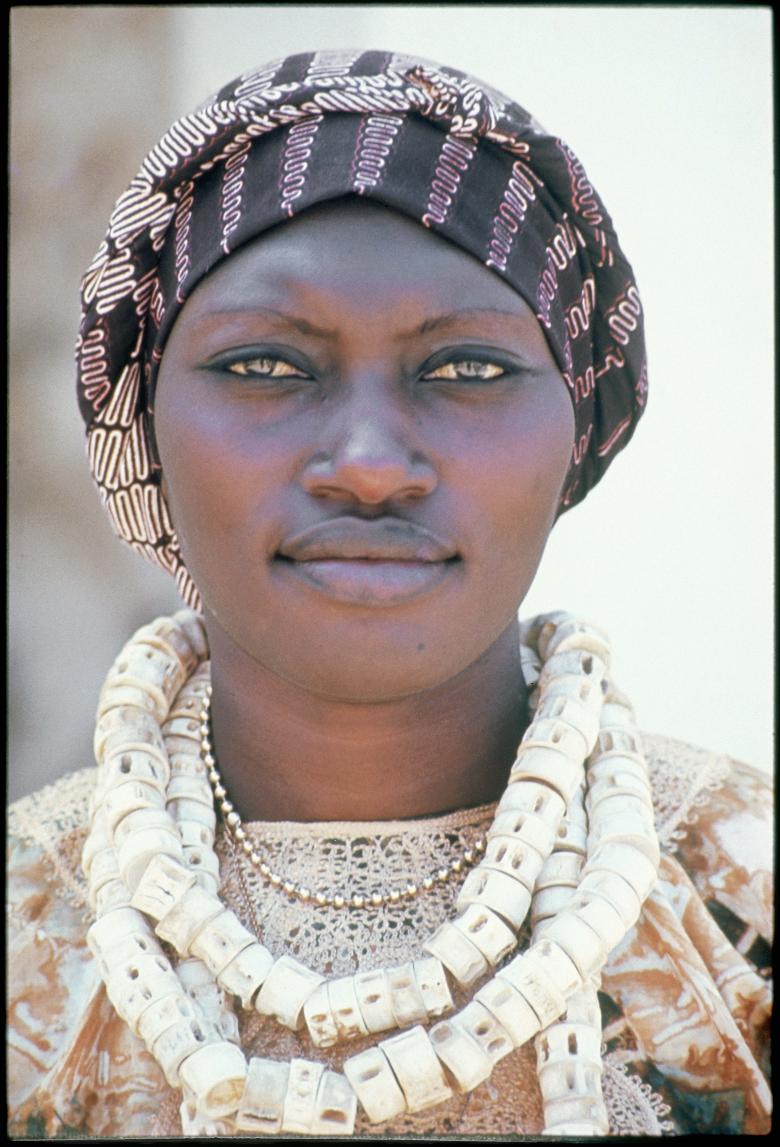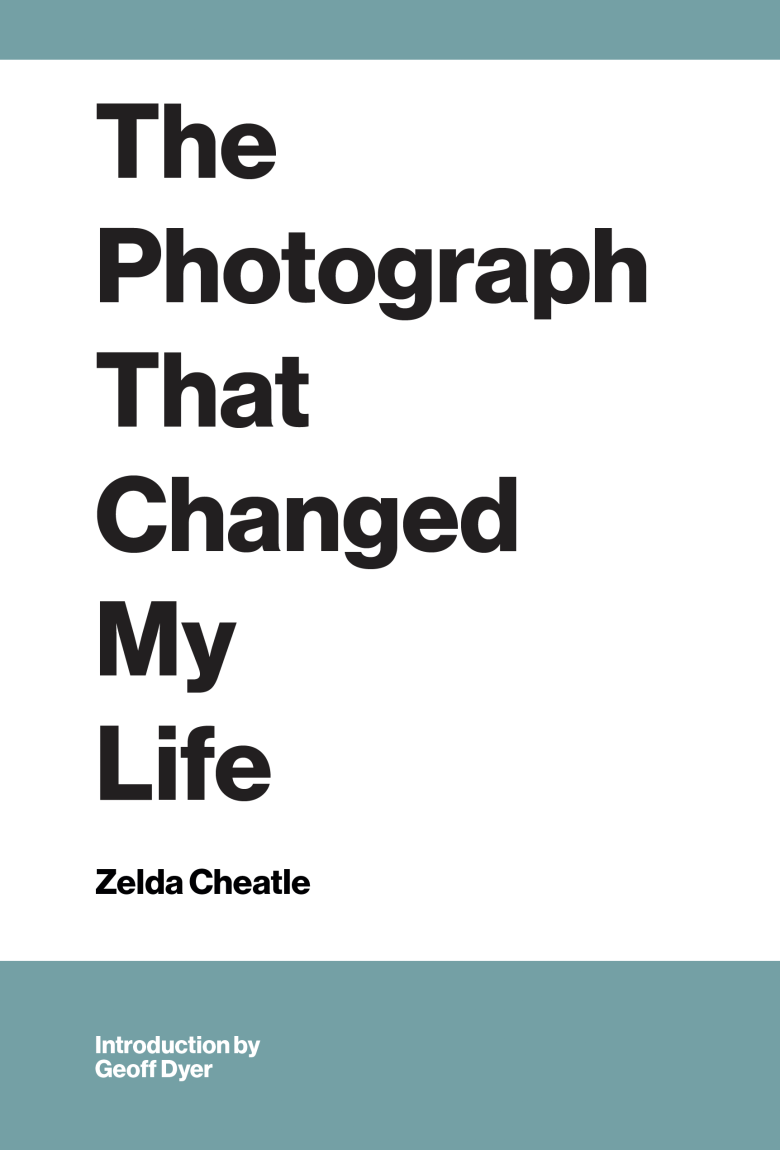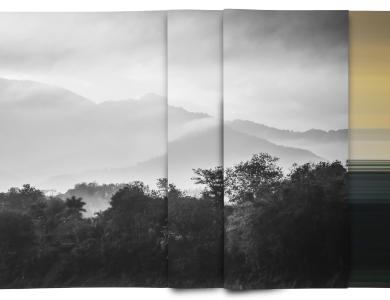The result of years of conversations between Zelda Cheatle and 51 the world’s most influential photographers, this book is a wonderful achievement with two steadfast factors.
The first is its emphasis on the importance of the photograph. We are all too aware of the image-saturated world we live in thanks to the incessant nature of social media and that our engagement with photography has changed. This book hopes to redress the balance. The second factor lies more within the book’s subtext and makes it stand apart from the majority. In 120 pages Zelda invites us to discover the conversations, realisations and ideas that have formed contemporary photography.

The Black Triangle: People of the Black Diaspora, 1985 © Armet Francis
While there is a sprinkling of collectors, composers, directors and actors, the contributors are largely leading photographers. Don McCullin, Nan Goldin and Gregory Crewdson – amongst others – write of their fundamental inspirations. In each entry, all thoughtful and revealing, we read what made these well-known creatives pick up a camera and what shaped their thinking and style in their formative years. Take for example Roger Ballen, he recollects visiting André Kertész with his mother, an art dealer. While the two adults discussed vintage prints, Roger was mesmerised by the objects on the shelves in the Hungarian photographer’s studio. ‘I owe to Kertesz the understanding of enigma, the quixotic and formal complexity that underlies much of my work,’ says Ballen.

© Mari Mahr
Ralph Gibson shares a poignant emotional exchange with Doretha Lange. Telling us how he replayed the conversation that night, there and then he made a promise to only make photographs that ‘harboured true staying power.’ We learn why a highly minimalist black & white portrait by Erwin Blumenfeld still makes Valerie Sadoun’s heart beat fast and of an unexpected discovery by Takashi Arai when photographing the same wristwatch so famously depicted by Shōmei Tōmatsu. Nan Goldin shares her epiphany and Nadav Kander reveals how he came to realise that pictures without ‘mustard’ were of no interest to him.

Senora Luisa Faxas Residence No. 1, Miramar, Havana, Cuba, 1997, © Robert Polidor
As if each passage were annotations on a vast darkroom print – notes that few of us have read before – together they create a rich overall picture of the medium today. Reflecting on each photographer’s entry, Zelda reflects: ‘I could never have predicted their choices nor the stories. Really, they have all been themselves. They haven’t tried to write something their agent would say was a good idea – they have written from the heart.’ Uplifting and engaging, the words in this book are a reminder that it doesn’t matter how many billions of images are uploaded online each year. Those that are important will, as Zelda writes, still ‘stop people in their tracks.’ Here we see the results of those people that noticed and used photography to open up their minds.

The Face of Madness and the Origin of Psychiatric Photography © Hugh Welch Diamond

The Photograph That Changed My Life
Zelda Cheatle
Introduction by Geoff Dyer
Published by Art Cinema
Hardback, £19.95
Out now



